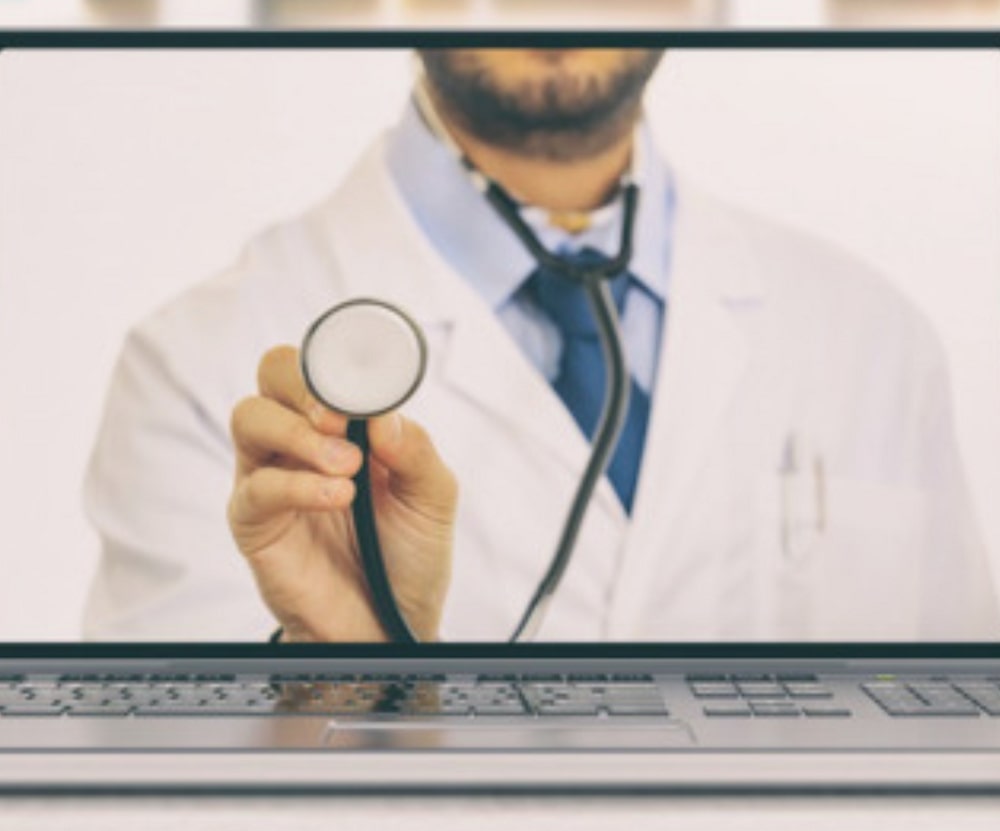Telemedicine embodies modern-day risk-reward for personal data. It holds the promise of greater personal contact where healthcare providers are scarce. Yet, mobile health encounters daily threats from hackers or simple mishandling of personally identifiable information.
Dr. Stephanie Miaco regularly confronts these challenges. The psychiatrist from Dumaguete City, the Philippines, and a faculty member of the Silliman University Medical School advocates in mental health and how to improve the delivery of these services for everyone.
“Telemedicine improves our reach as physicians and affects our practices,” she said.
Miaco described telemedicine as the delivery of clinical services at a distance, broken down into three types of solutions: store-and-forward, remote patient monitoring and real-time encounters:
- Store-and-Forward: Healthcare providers share patient medical information such as lab reports and imaging studies for a certain client or patient with a physician, radiologist or specialist at another location to facilitate the patient’s care. Sophisticated features ensure security and confidentiality. The healthcare team — from whatever distance — can review information for better efficiency.
- Remote Patient Monitoring: Healthcare professionals track patients’ vital signs and activities at a distance. This enables more effective treatment of chronic conditions such as diabetes and afflictions of the elderly in assisted living facilities. There, patients can automatically send their data to the doctor, which is more convenient for both parties with better delivery of care.
- Real-Time Encounter. Patients and providers use video conferencing in lieu of traditional in-person clinic visits. This is for primary care consults, follow-ups and monitoring clinical response.
Miaco injected a caution: Even though there is remote teleconferencing in place of real-time consults, social media channels such as Facetime, Skype or Messenger are not appropriate to implement mHealth.
“Telehealth encounters need to be protected by measures and applications that ensure confidentiality and security for the client or patient,” she said.
“Telemedicine will inevitably become more mainstream,” Miaco said. “There is a shortage of physicians and healthcare workers in remote areas, and the need for complete information for clinical decision making is imperative.”
A privacy affair
At the receiving end of mHealth, there are constant reminders and cautions about patient privacy. In the United States, the government has imposed fines in the millions of dollars after data breaches, many the result of telemedicine mishandling.
“Our exposure to telemedicine is during our rehabilitation medicine rotation,” said Ourlad Tantengco, a predoctoral candidate in molecular medicine. “We simulate telerehabilitation during clerkship.
“The physical therapist or occupational therapist on the other end of the line teaches interns in the community how to do basic exercises for the patient,” he said. “However, not all interns can experience doing it in a community.”
That brings up obstacles posed by far-removed patients.
“There are individuals who request remote consults, and this is not my usual practice,” Miaco said. “While they are transitioning between therapists, patients claim this helps them a lot. However, they are only mostly able to do it via Skype or Messenger.

“The remote areas benefit from this,” she said. “It is indeed very useful.”
Endocrinologist Dr. Iris Thiele Isip Tan confronts shortages in her profession.
“There are not enough endocrinologists in the Philippines,” she said. “I have had to use Short Message Service to the clinic phone to relay lab results, capillary blood glucose and blood pressure monitoring from patients unable to follow up as frequently as I would wish them to.
“I’ve done academic rounds via Skype with endocrinologist fellows and residents when I am unable to get to the hospital because of other commitments and Manila traffic,” Tan said.
Telemedicine has made healthcare providers more available. Rather than being on endless hold on the phone, mHealth expedites contact and delivers lab results and other essentials in real-time. In that sense, online can be more personal.
“In one of my hospitals, patients have an app that allows them to access their results,” said Dr. Rhia Gomez, an educator. radiologist and nuclear medicine physician. “Once I electronically sign a report, it is automatically sent to the referring physician by email.”
Perils of overreach
The convenience of mHealth extracts a price: the temptation to take on too much.
“I considered joining a telemedicine platform but decided not to because of scheduling issues,” Tan said. “I already have clinics Monday to Friday and didn’t want to do an extra day.
“I had also considered billing issues but decided not to use the telemed platform for patients who I hadn’t really seen at the clinic first,” she said. “That would limit the usefulness of telemedicine, according to the pitch I heard.”
With telemedicine, critical diagnoses can be done quickly.
“It facilitates the diagnosis of some parasites and fungi causing human diseases that are difficult to identify,” said Dr. Narciso Tapia, an education specialist and social media advocate. “Telemedicine is useful for microbiology and parasitology.
“They already field-tested one community,” he said. “It is posted on their Facebook page. I’m glad I had a role facilitating it even if I am not a pediatrician or oncologist.”
For her part, Miaco is reluctant to dive into the deep water of telemedicine.
“It did indeed help some of the individuals I worked within the clinic, but I think it is still better if the interaction is face to face,” she said. “With remote areas, a trained nurse and mental healthcare personal can assist.”
Keeping privacy in mind, patients and providers alike need to overcome aversions to communicating via mobile devices. Although healthcare might be more byte-sized, mHealth’s effect and benefits can be widespread and satisfying.
“I hope more people become open-minded about its practice,” said Dr. Gia Sison, an occupational health expert and consultant to the World Health Organization Western Pacific Region and Makati Medical Center. “More doctors should get involved as well, especially when access to healthcare is a huge challenge.”

